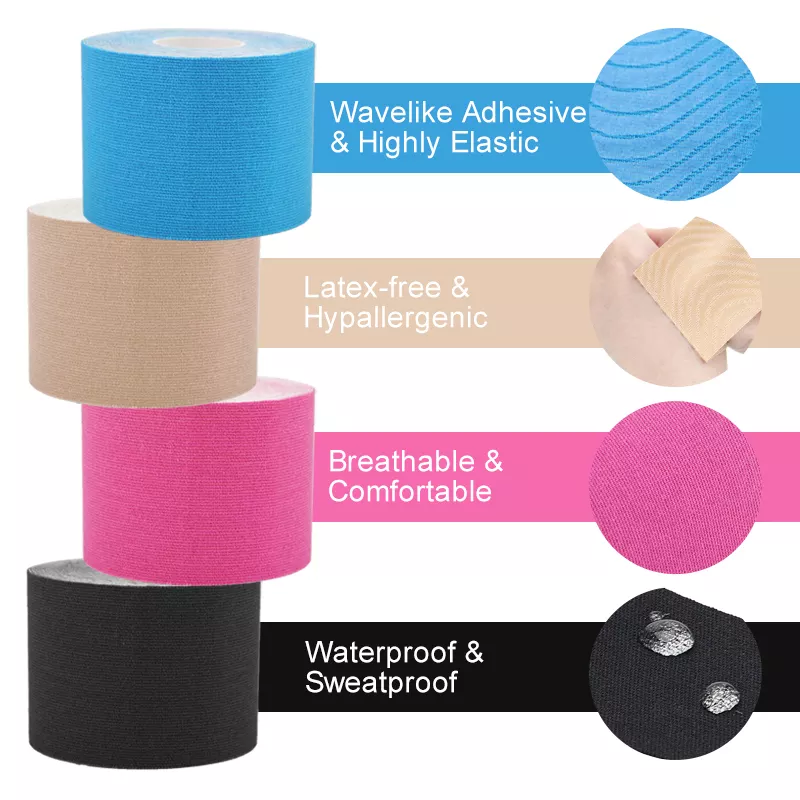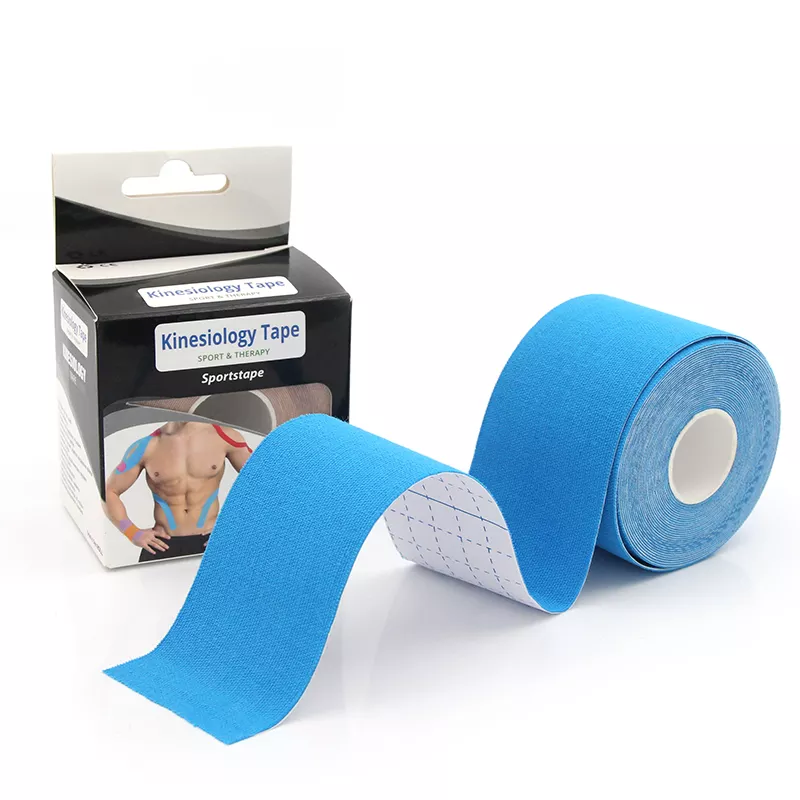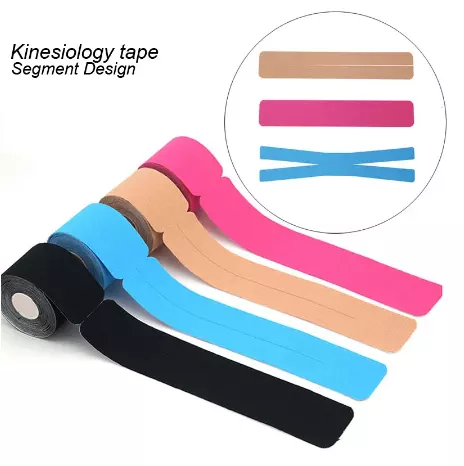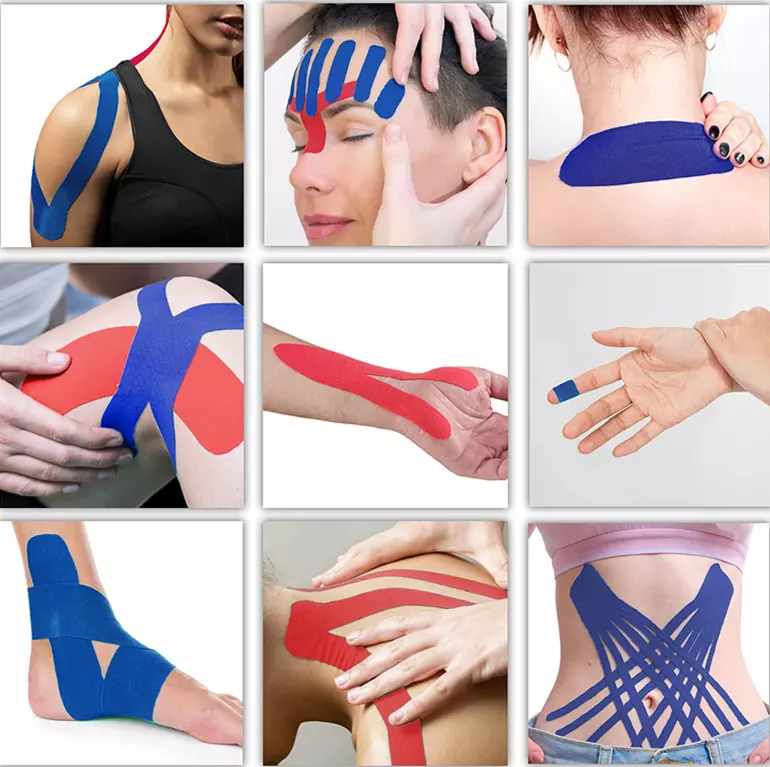Our Location
304 North Cardinal St.
Dorchester Center, MA 02124

What is Kinesiology Tape?
It was invented by Kenzo Kase, DC, a Japanese chiropractic therapist, in the 1970s.

The purpose is to use the stickiness and elasticity of the patch to replace the rehabilitist’s hand to continuously fix muscles and strained joints, so as to protect joints, relax muscles, promote blood and lymphatic circulation, reduce swelling and remove blood stasis, relieves, relieves sports pain, prevent cramps, and increase endurance. It has now been widely used in sports, fitness, medical treatment, rehabilitation and other fields, especially suitable for the prevention of injury or post-injury recovery of specific muscle groups.
The intramuscular effect patch can be cut according to the difference between the ligation part and the treatment effect. The common cutting shapes are: type I, type X type, type Y type, type O type and claw type.
How does the Kinesiology Tape affect the function of the human body?
Except for the elasticity and breathability of the material itself, the muscle paste is not attached to any drugs. The principle of muscle patch is to apply the adhesive tape to the skin of the muscles in need of protection to help muscles loosen or induce contraction or promote blood and lymphatic circulation by supporting and stabilizing muscles and joints. Let’s see how muscle patches affect skin, muscles, neurons and other body parts:

Application scenarios and usage of Kinesiology Tape
How to choose and use the Kinesiology Tape?
Selection of cotton materials
· Water corrugated textile, more in line with human biomechanical design
· Elasticity, comfort, breathability, viscosity, durability, waterproof, ductility, anti-allergy
· When the maximum tension is applied, it can be extended to 140%~150%.
Selection of release paper
There are many dividing lines to provide a basis for tailoring. The distance between solid lines is often 5cm, and the distance between dotted lines is usually 1cm.
Points to pay attention to when using:
